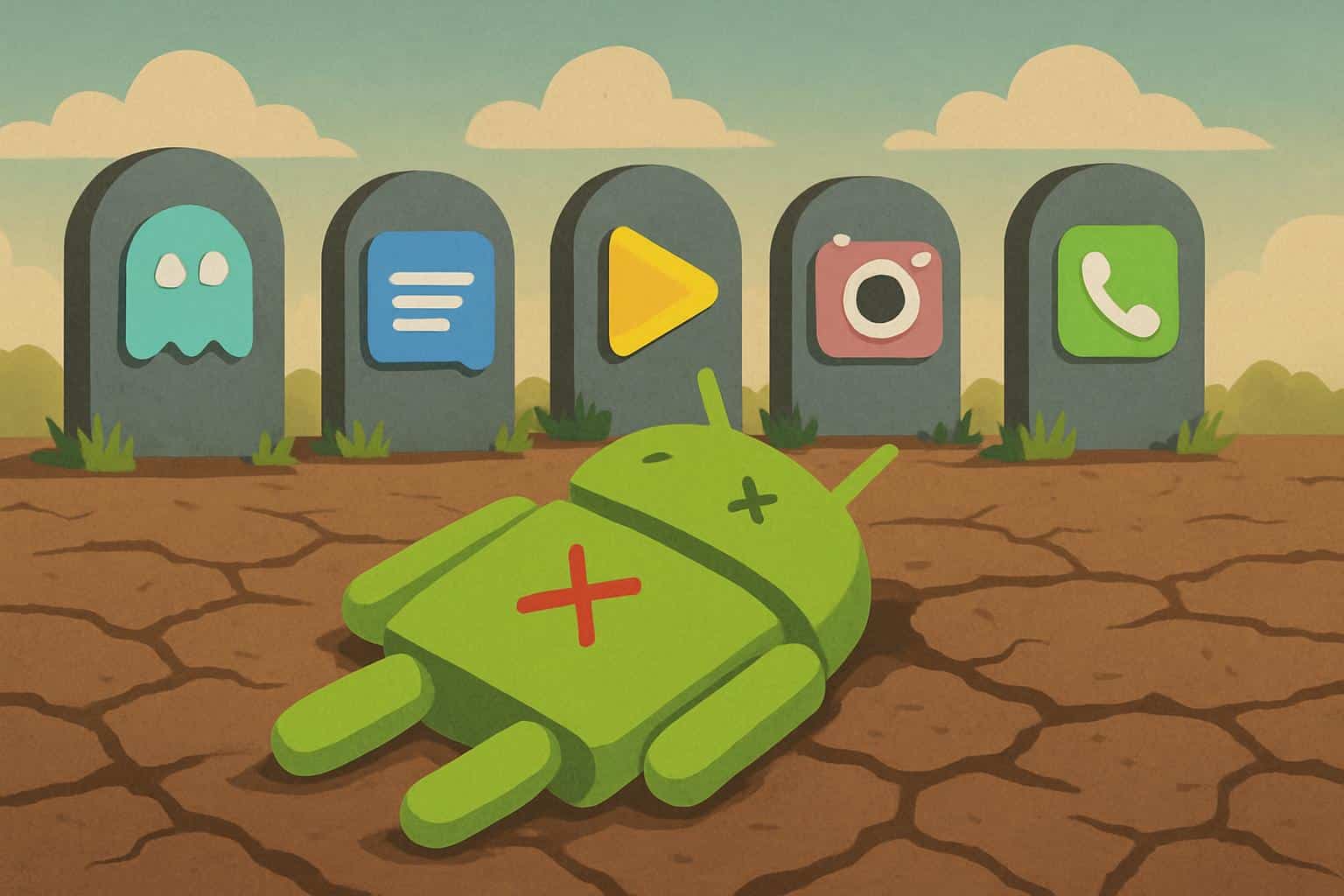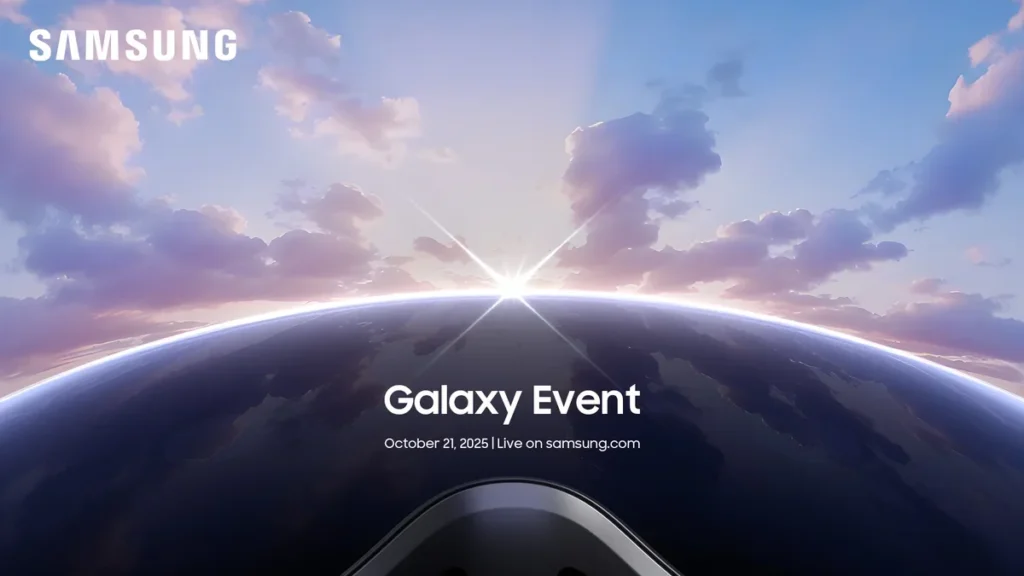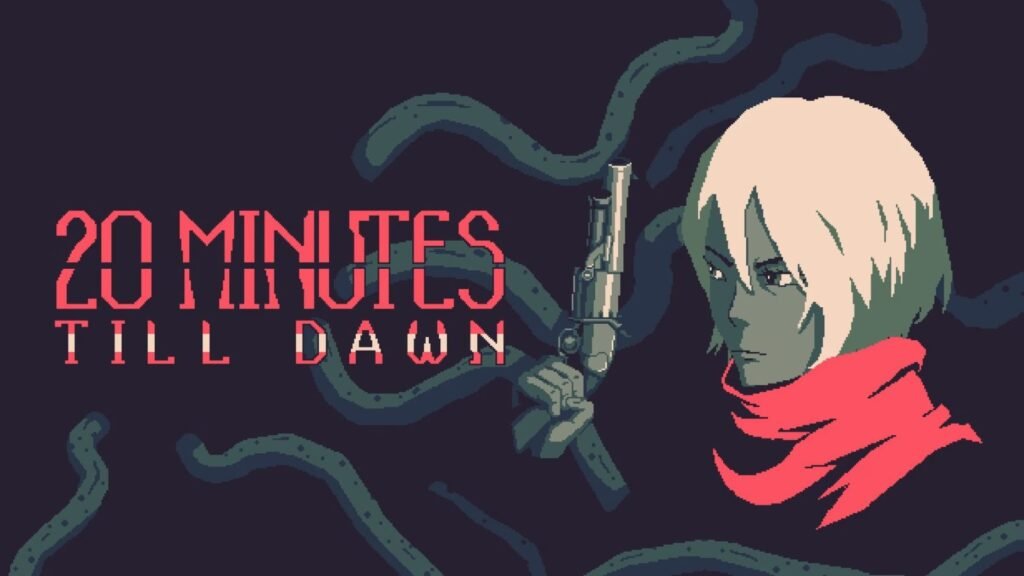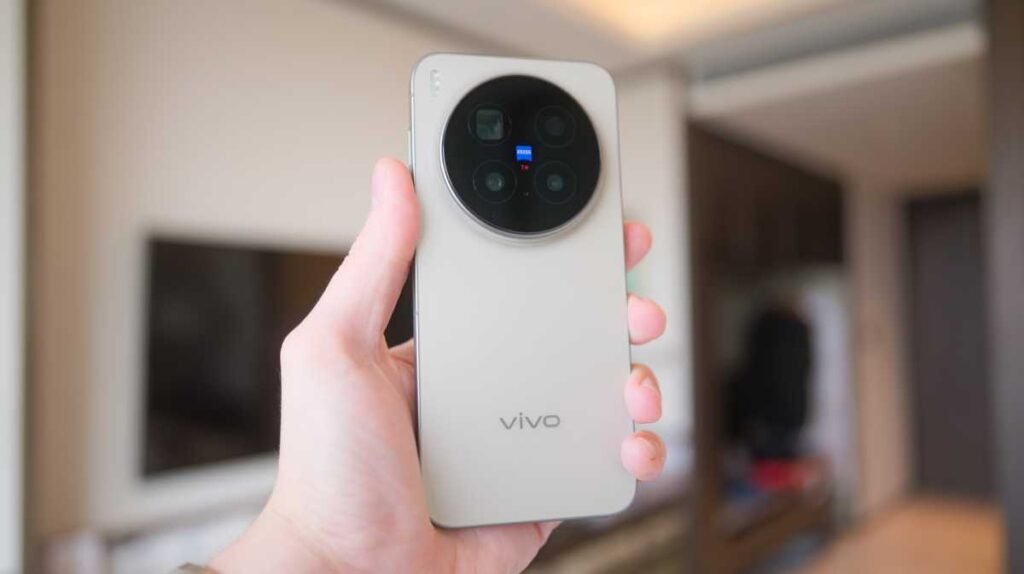Every platform changes over time, but this year’s forced retirement of previously indispensable Android apps felt particularly sharp. A combination of policy friction, corporate consolidation and fickle priorities made tools that quietly powered our daily lives disappear. I’ve tried out more newcomers than I can remember, but these five missing faces leave a very specific hole — one that you feel each time muscle memory instinctively goes for an icon that’s ultimately no longer there.
Pocket leaves a reader-sized hole in daily workflows
Once known as Read It Later, and later owned by Mozilla, Pocket helped millions save articles in a distraction-free sanctuary. It was easy and quick and synced everywhere — the perfect antidote to the infinite scroll. That laser focus got diluted over time, as deeper ties with Firefox and a greater emphasis on recommendations took hold, but it did remain the hub of many personal knowledge workflows.


When the shutdown came, users could export everything, but there was not a true like-for-like replacement. Services like Instapaper and Raindrop scooped up some refugees, but Pocket’s particular mix of ubiquity and restraint is difficult to duplicate. It’s a reminder that even when well-loved products have plenty of reach across multiple platforms, they can disappear in place as strategic attention turns elsewhere.
Omnivore’s open-source promise ends after acquisition
Omnivore was the darling of readers who craved control: open-source code, optional self-hosting, robust PDF handling, annotations, and an apps-first snap to its design. It positioned itself as the community-powered alternative to mainstream read-it-later tools, appealing particularly to academics, researchers, and anyone else looking to own their archive.
Then came its sale to ElevenLabs, where the team’s know-how was sucked into a new AI-infused reading experience. That pivot was strategically savvy for speech tech, but it deprived the original community of the self-determined path they were promised. It’s yet another lesson in the conflict between open ecosystems and market gravity: great for innovation, vulnerable to rollups when success attracts bigger fish.
Syncthing’s official Android app goes silent in stores
Syncthing is magic: peer-to-peer, encrypted syncing that keeps files moving across devices without a central cloud. For power users, the official Android app was glue — quietly copying photos from a PC to a phone, or keeping work folders in lockstep. Healthy upstream project, quiet Android client; the maintainer was simply not willing to make all the changes required by store policy.
This isn’t a failing of the technology; it’s a victim of friction. From target API requirements, to background execution restrictions, to signing changes, maintaining niche utilities in mobile stores is already a full-time job. Forks are around and desktop builds are still thriving, but losing the official app forces devoted users to re-architect flows that had been rock solid for years.


Kiwi Browser waves goodbye to extensions on Android
For a good while, Kiwi Browser was the fastest and simplest way to run desktop-style Chrome extensions on Android. It brought mobile users ad blockers, theming, readability tools and power utilities — features Google’s own browser continues to keep at more than arm’s length. Kiwi seemed like Chrome, but freer.
Its creator eventually archived the project and worked on a similar extension store for Microsoft Edge’s preview channel. There’s a practical migration, but the original spirit — a nimble, independent browser putting the keys in the users’ hands — was something special. With WebExtensions standards reconfiguring and Manifest V3 tightening the screws, Kiwi’s exodus is a reminder of just how tough it can be for smaller teams to keep up while still advocating user choice.
Nova Launcher’s sunset on Android home screens
There are a few Android applications that have rendered the mobile OS what it is today, and Nova Launcher is one of those. It was the template for customization: granular grids, icon packs, precise gestures matched by deep integration with things like Sesame to make intent search lightning fast. Over time, it racked up tens of millions of installs on the Play Store and developed a devoted community that swapped home screen layouts as if they were cookie recipes.
Hopes for a new development push never quite materialized after Branch acquired the app. There, Kevin Barry, the creator of Play Music Importer, eventually declared an end to updates, and talk of open-sourcing never came to fruition. That is painful because a code handoff could have let the community get it done. In a sea of capable launchers, Nova still feels irreplaceable — part muscle memory, part design language.
Why these Android app losses matter to everyday users
There’s a pattern: Platform rules that raise the floor of maintenance cost, acquisitions that redirect product DNA and gravity of big browsers and AI platforms sucking in talent. Per developer surveys done by groups like the Linux Foundation and non-aligned developer groups, compliance overhead and store policy churn are two of the top irritants for small teams, alongside monetization.
Alternatives exist, yes, and many of them are very good. But Pocket, Omnivore, Syncthing’s official Android app, Kiwi and Nova were not just icons. They were habits, shortcuts and subtle accelerants that made Android a personal place. Their absence serves as a reminder that the best software is not just code, but continuity. This year, continuity was in short supply.






